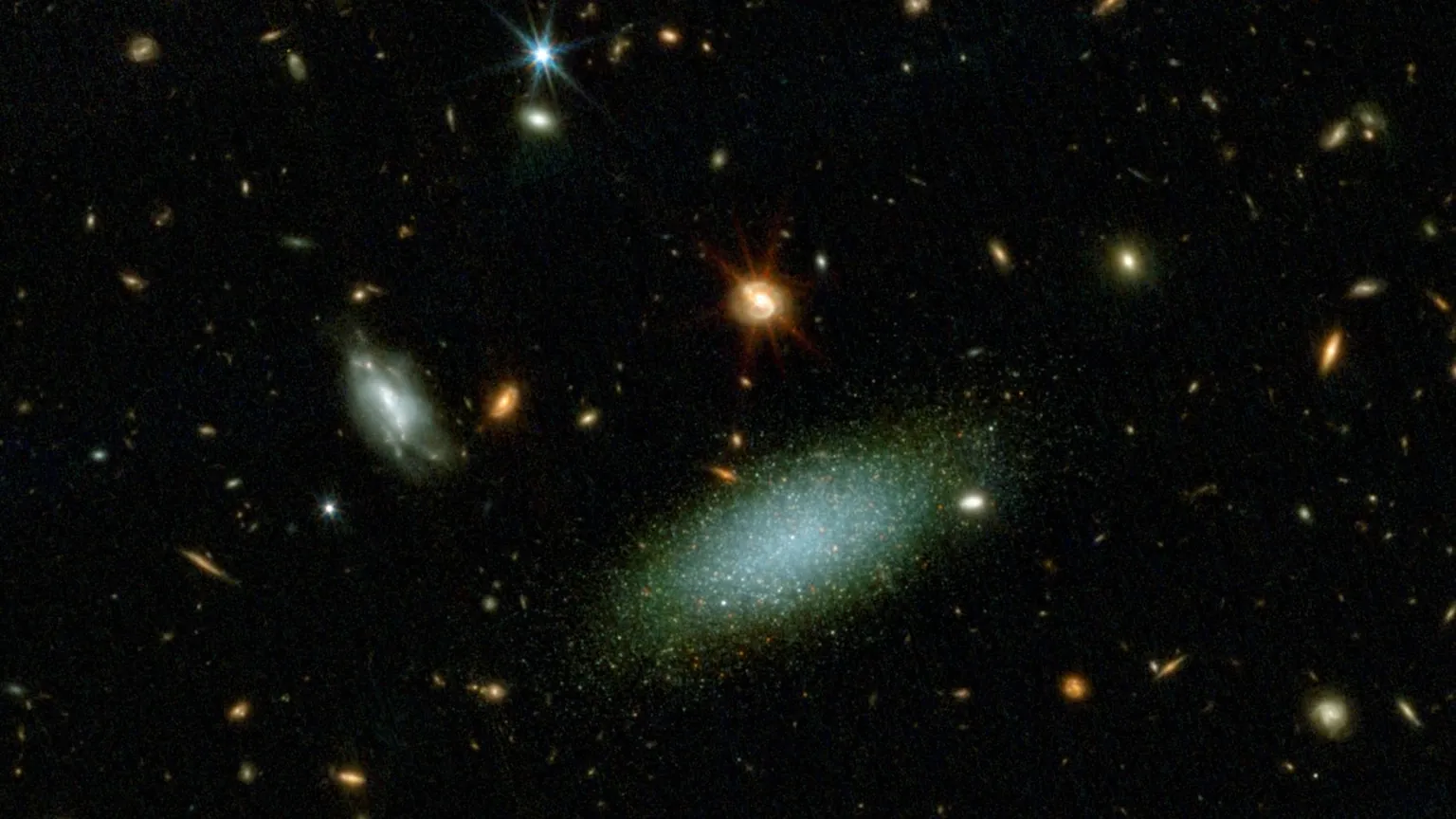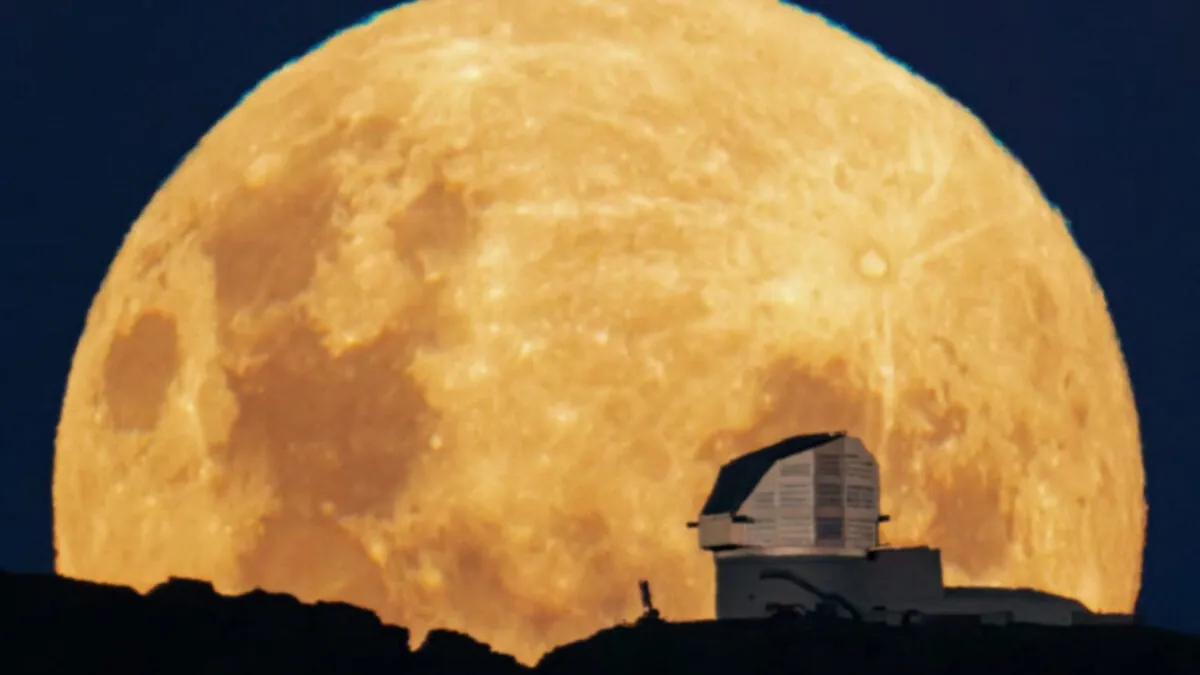Some are so far away that they appear as they existed in the infant universe, about 13 billion years ago.
To collect the data for the map, the James Webb Space Telescope (JWST) spent 255 hours observing a region of space nicknamed the COSMOS field.
JWST’s observations of the COSMOS field have given us an incredibly detailed view of the universe going back as far as 13.5 billion years.
The raw data from the COSMOS field observations was made publicly available just after it was collected by JWST, but it wasn’t easily accessible.
Raw data from telescopes like JWST needs to be processed by people with the right technical knowledge and access to powerful computers.
The biggest universe map ever made has been revealed by scientists. It includes nearly 800,000 galaxies that have been imaged throughout the universe, spanning a small portion of space and nearly all cosmic time. Some are so distant that they seem to have existed 13 billion years ago, when the universe was still young.
The Cosmic Evolution Survey collaboration’s scientists unveiled the map Thursday, June 5. It depicts a 0–54-degree-squared arc of the sky, which is roughly three times the area of the moon as seen from Earth.
In order to gather the information for the map, the James Webb Space Telescope (JWST) observed the COSMOS field for 255 hours. Scientists have been using telescopes to survey this area of the sky across as many light wavelengths as possible because there aren’t many stars, gas clouds, or other features that would obscure our view of the deep universe.
The COSMOS field observations from JWST have provided us with a very detailed picture of the universe up to 13.5 billion years in the past.
As a result of the universe’s expansion, visible light that originated on the opposite side of the cosmos becomes infrared light. JWST was built as an incredibly sensitive infrared telescope for this reason: to pick up these faint, stretched-out signals from the beginning of time that were invisible to other telescopes. Our knowledge of how the universe came into being is already being altered by it.
“Are these JWST datasets breaking the cosmological model?” Caitlin Casey, a physics professor at the University of California, Santa Barbara and co-lead for the COSMOS project, asked in a statement after the telescope was turned on. “The main surprise is that, at these amazing distances, we see about ten times as many galaxies with JWST than we would have predicted. Additionally, supermassive black holes that are invisible with Hubble are becoming visible to us. “.”.
Shortly after JWST collected the COSMOS field observations, the raw data was made publicly available, although it was not readily available. People with the necessary technical skills and access to powerful computers are required to process raw data from telescopes such as JWST.







